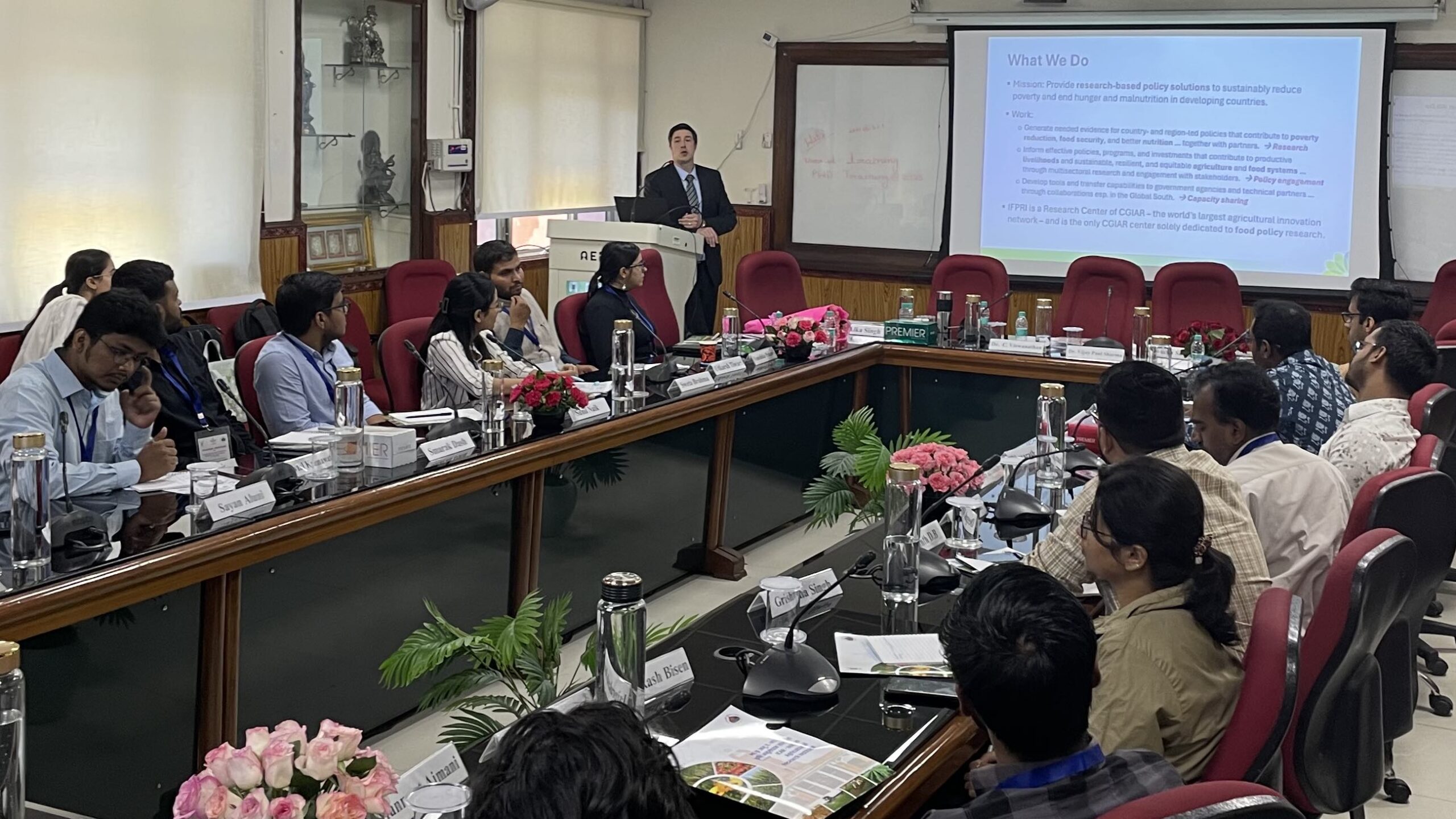When you think of popular food staples in Africa, wheat doesn’t necessarily come to mind first. Maize, green bananas, yams, cassava – sure. But wheat, the main ingredient for bread and pasta?
In fact, the demand for wheat has been steadily rising in African countries, helped by a massive urban migration of people, who need food that’s convenient to buy, cook, and store. This year, according to the International Maize and Wheat Improvement Center, known by its Spanish acronym, CIMMYT, African countries will spend $12 billion on wheat imports.
Demand has gotten increasingly expensive, as wheat prices—like that of other staples—have skyrocketed, leaving African governments, who import the majority of their wheat, with hefty bills.
In October, national and regional policymakers gathered with international researchers, including IFPRI staff; farmers; private sector representatives; donors; and development practitioners in Addis Ababa, Ethiopia to find a way to make African countries self-sufficient in wheat production.
CIMMYT and IFPRI presented a joint report on the potential of wheat in Africa, noting that a number of African countries have favorable conditions to grow wheat, with Rwanda, Burundi, Ethiopia, Kenya, Madagascar, Tanzania, and Uganda among the most promising. Of course, there are hurdles to overcome, such as a lack of advanced breeding and high-yielding, heat-resistant varieties; poor water and fertilizer use practices; and lack of credit—not to mention climate change, disease, and pests.
African ministers of agriculture are confident, however, that self-sustainability can be a reality, signing a joint declaration—endorsed by the Conference of African Ministers of Agriculture and Trade (CAMAT), and made possible through collaboration with the African Union Commission, the Economic Commission for Africa, and the Government of Ethiopia—recommending specific policy actions to ramp up wheat productivity. Such actions include developing regional wheat value chains, encouraging continent-wide cooperation on research and innovation, removing heavy import subsidies to promote domestic producers, and mobilizing intensified investments in research.
Next steps are convincing decisionmakers to take action on making this popular food for urbanized Africans also a strategic food security crop for the continent.







